End of the Shogun Era
One battle defined the fate of Japan in the mid-19th Century that converted the feudal samurai country into a modern nation state.
This was the Battle of Toba-Fushimi, a pivotal clash between the Tokugawa shogunate and the newly formed Imperial Government during the 1868 Boshin War.
Although it was small scale conflict in comparison to the battles waged in other Western nations at the time, it was nonetheless a decisive event that shaped the course of history for Japan.
Historical Background
In order to understand the impact of this battle, we need to first explore the historical context.
The mid-19th century was a time of considerable transformation for Japan and the nearly 250 year isolationist policy came to an end when Commodore Matthew Perry’s “black ships” arrived in 1853.
Perry’s gun-boat diplomacy not only led to reopening of the country, but also a series unequal treaties with Western powers.
Such external pressure and unfair treaties sparked discontent among both the samurai class and commoners, but the Tokugawa Shogunate, which had ruled for over two and a half centuries, found itself grappling with incapability and internal strife.
The dissatisfaction intensified as economic hardships grew, and calls for political reform including the restoration of imperial authority gained momentum.
Amidst this backdrop, two factions emerged: those still loyal to the Shogunate and the imperial loyalists seeking to overthrow the Tokugawa regime. The latter group coalesced around figures like Takamori Saigo, Toshimichi Okubo, and Takayoshi Kido who were low-ranking samurais from the Satsuma and Choshu clans (present day Kagoshima and Yamaguchi prefectures).
※Note that Japan was a loose federation of over 260 clans (domains, landlords) with the Tokugawa Shogunate dominating both military and political authority.
Tensions escalated between the Shogunate and Imperial loyalists, but Yoshinobu Tokugawa, the Shogun at the time, tried to defuse the situation by returning political power to the Emperor on his own accord.
This act known as “Taisei-Hokan” was a clever move aimed at avoiding bloodshed while simultaneously retaining practical authority.
Even after releasing power, the Tokugawa Shogunate still dwarfed the other clans in military might and the bureaucratic organization that had governed Japan for 250 years was intact.
Any new regime would require the cooperation of the former Shogun to run things smoothly and Yoshinobu was guaranteed to remain as a key figure in future politics.
These intentions were evident in the eyes of Saigo, Okubo and Kido who deemed a complete exclusion of Tokugawa influence as the prerequisite for Japan’s modernization.
So, they demanded Yoshinobu to hand over not only political power, but also his land (fief) in an effort to deprive him of any significant influence. Of course, the Shogunate forces were outraged and resisted this de-facto coup, eventually culminating in open hostilities.
This conflict became known as the Boshin War, and its epicenter was Kyoto, the historical capital of Japan.




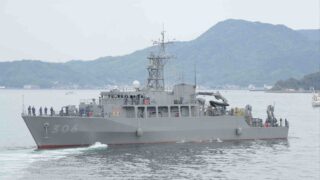

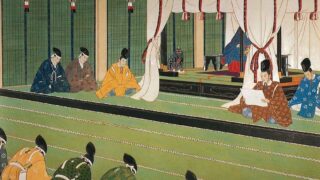

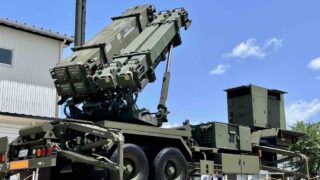


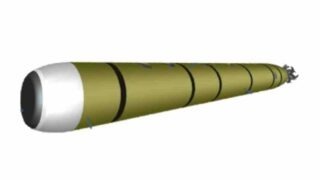
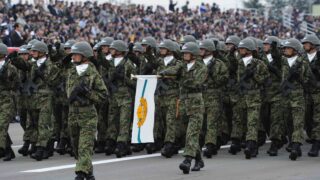
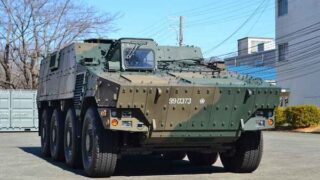
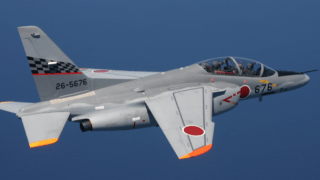
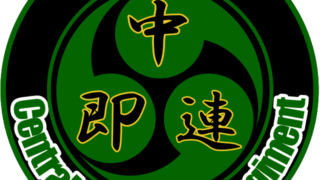

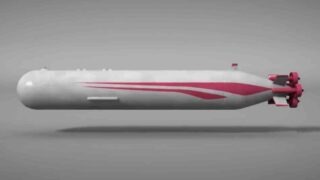

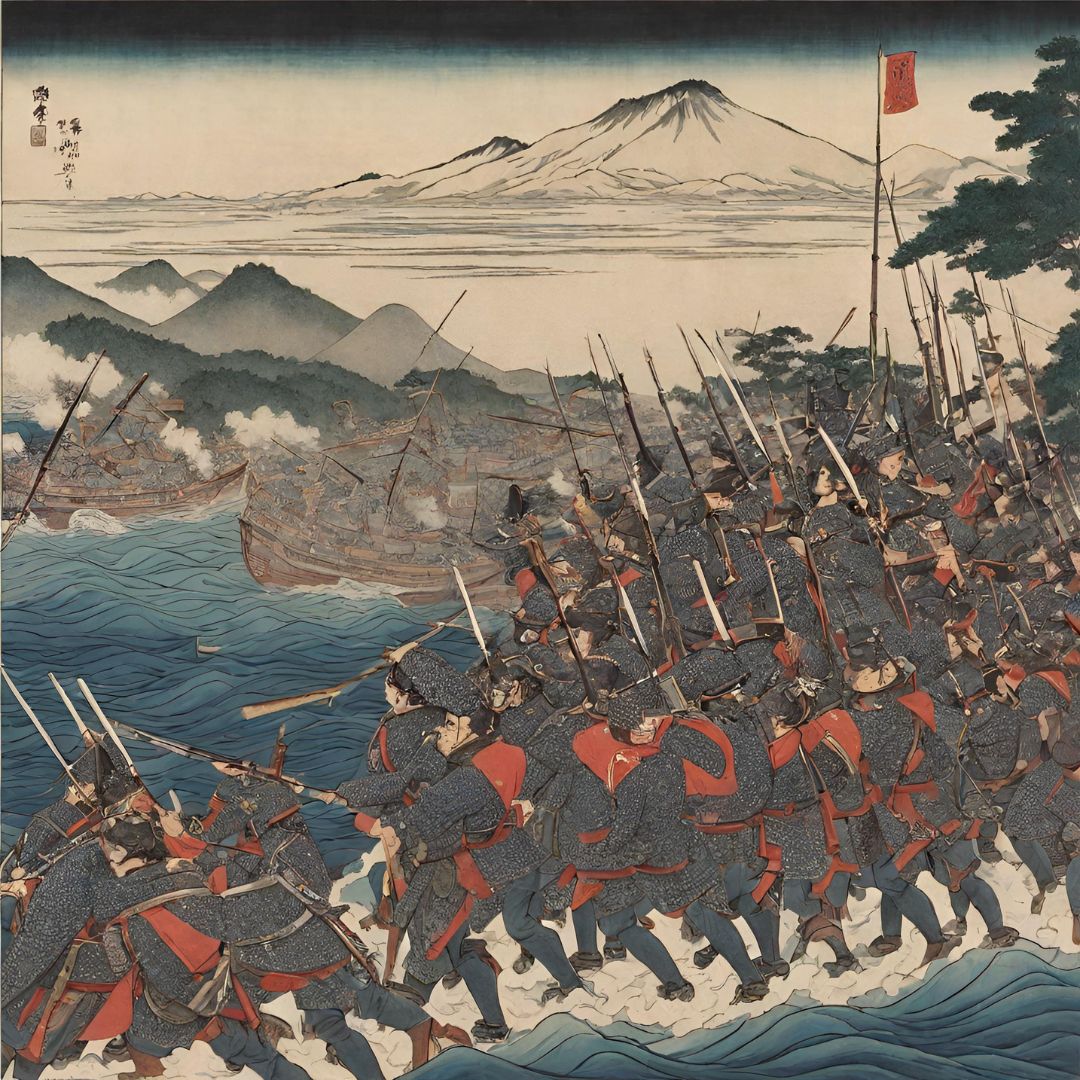
Comments